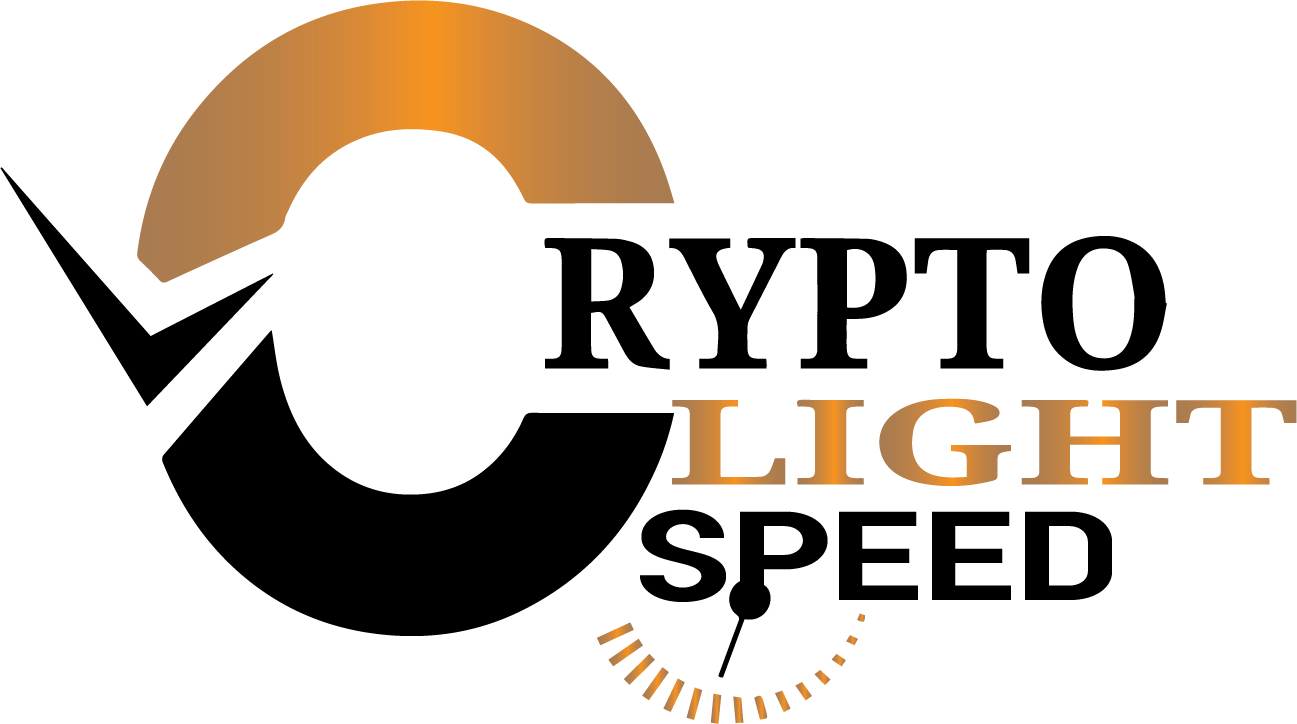Regional policy shifts, subsidy adjustments, and consumer behaviour trends shape divergent electric vehicle growth patterns across China, Europe, North America, and emerging markets, with July 2025 data revealing the slowest global growth rate since January. Comprehensive analysis outlines strategic insights for investors monitoring adoption trajectories, manufacturer performance, and infrastructure expansion in the EV sector.

Global EV market growth cooled in July 2025 to its weakest rate since January, with significant differences across regions underscoring the decisive influence of policy on adoption. Burghley Capital’s latest analysis, supported by insights from James Barker, Director of Private Equity, identifies diverging trajectories in China, Europe, North America and emerging markets. This provides investors with a timely view of policy-driven demand patterns and their portfolio implications.
Worldwide electric vehicle sales reached around 1.6 million units in July, up 21% year-on-year. China, which accounts for more than half of global volumes, recorded 12% year-on-year growth compared to a 36% monthly average in the first half of 2025. Several municipalities halted trade-in subsidies in June after funding allocations were exhausted. Despite sustaining sales near one million units and continuing to outsell petrol models for a fifth month, momentum has slowed. Barker notes that policy timing remains the most immediate lever on demand, with manufacturers adjusting product mix and pricing strategies accordingly.
BYD delivered 344,296 new energy vehicles in July, a 0.56% year-on-year rise but down 10.01% from June, with market share slipping to 27.8% from 35.4% a year earlier. Li Auto posted a 40% year-on-year drop, while Xpeng achieved record July deliveries of 36,717 units. Plug-in hybrid sales fell 3.6% year-on-year as consumers moved further toward battery electric models supported by improved charging networks. Barker observes that renewed subsidy allocations from August could stabilise demand, with upstream suppliers benefiting first.
In Europe, registrations advanced 48% year-on-year to approximately 390,000 units. Battery electric share in the EU rose to 15.6% in the first half of 2025 from 12.5% in the same period of 2024. Germany grew 35.1%, Belgium 19.5% and the Netherlands 6.1%, driven by company car incentives and regulatory clarity. Studies indicate that recurring annual incentives of USD 1,160 for company cars can raise plug-in hybrid sales shares by 50 to 90% and battery electric shares by 17 to 40% over multiple years. Barker highlights Europe’s consistent frameworks as a key factor in maintaining fleet manager confidence.
North America expanded 10% year-on-year in July to more than 170,000 units, supported by 24 new model launches this year that broadened consumer choice by roughly 15%. Emerging markets delivered stronger growth. Brazil increased 40% in Q1 2025, India rose 45%, and Vietnam nearly quadrupled sales in the same quarter. Southeast Asia’s EV penetration climbed nearly 50% over the preceding 12 months, with one in ten new vehicles now electric. Barker identifies Thailand and Vietnam as priority watchpoints given their policy continuity and export potential.
Subsidies now account for under 7% of global EV spending, down from 20% in 2017, but remain influential. In Germany, market share fell from 18.4% to 13.5% following subsidy withdrawal. Each USD 1,160 in support correlates with a 7.7% sales increase, though costs can approach USD 33,820 per additional unit sold. In the United States, possible changes to the USD 8,300 Clean Vehicle Tax Credit, available for cars under USD 60,879 and trucks under USD 88,544, may impact demand. Manufacturers such as Ford and General Motors have adjusted production growth plans accordingly.
China is preparing for renewed momentum with new municipal funding allocations expected soon. Between 2009 and 2022, it invested about USD 30.99 billion in subsidies, complemented by tax exemptions running through 2027 and a 45% national penetration target for that year.
Burghley Capital’s assessment, reinforced by Barker’s commentary, concludes that policy structures remain the primary determinant of EV market performance. Europe’s steady incentive frameworks, China’s short-term subsidy adjustments and Southeast Asia’s acceleration each present distinct opportunities and risks. The firm continues to monitor these developments to inform strategic investment positioning across the electric mobility ecosystem.
About Burghley Capital
Established in 2017, Burghley Capital Pte. Ltd. (UEN: 201731389D) is a prominent global asset management firm headquartered in Singapore, renowned for its deep-rooted expertise in long-only asset management strategies. The firm delivers strategic market advantages through meticulous analytical insights, tailored investment approaches and dedicated financial advisory solutions. Committed to disciplined investment practices, Burghley Capital consistently strives to generate exceptional returns and ensure financial resilience for its diverse clientele, including institutional investors and private clients worldwide. For additional insights, please visit https://burghleycapital.com/resources. Media enquiries can be directed to Martin Wei at m.wei@burghleycapital.com or visit https://burghleycapital.com.
Media Contact:
Contact Person: Martin Wei
Company: Burghley Capital Pte. Ltd.
Email: m.wei@burghleycapital.com
Website: https://burghleycapital.com
Disclaimer: This press release is provided by Burghley Capital Pte. Ltd.. The statements, views, and opinions expressed in this content are solely those of the content provider and do not necessarily reflect the views of this media platform or its publisher. We do not endorse, verify, or guarantee the accuracy, completeness, or reliability of any information presented. This content is for informational purposes only and should not be considered financial, investment, or trading advice. Investing involves significant risks, including the potential loss of capital. Readers are strongly encouraged to conduct their own research and consult with a qualified financial advisor before making any investment decisions. Neither the media platform nor the publisher shall be held responsible for any fraudulent activities, misrepresentations, or financial losses arising from the content of this press release. In the event of any legal claims or charges against this article, we accept no liability or responsibility.
